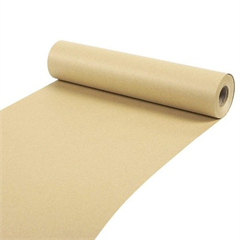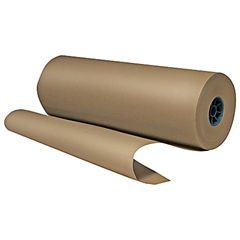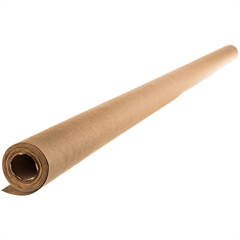Kraft paper is named after German kraft paper, which means “strength”, which refers to a specific type of pulping process that ensures the firmness of the paper. Kraft paper is durable and is a machine-made paper mainly made of wood pulp. Unlike other papers, kraft paper can be made from all types of wood and non-wood, including pine, bamboo, and agricultural residues.

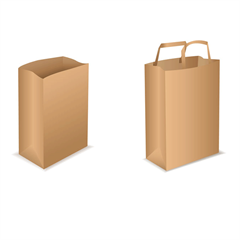
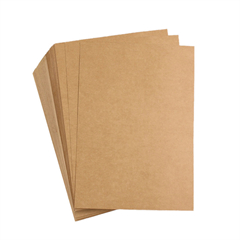
Raw materials for making kraft paper:
Fiber: softwood and hardwood can be used to make kraft paper. Kraft paper can also use non-wood agricultural residues and waste paper in the manufacturing process.
Chemicals: pulping chemicals are also called “white liquor.” This mixture has active ingredients, such as NaOH and Na2S, which are used to cook wood chips in a digester to produce pulp. Although there is no hard and fast rule on the proportion of chemicals, in general, the degree of vulcanization is maintained between 25% and 35%. Anything lower, especially lower than 15%, will affect the reaction rate of the resulting product and the pulp quality.
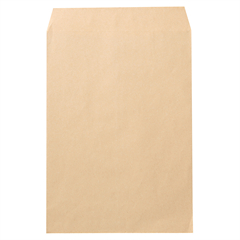
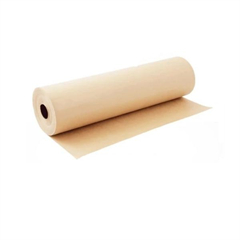
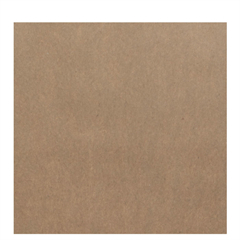

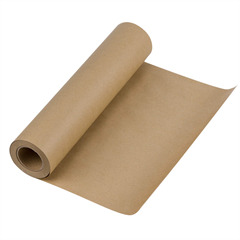
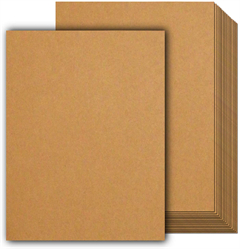
Kraft paper pulping process:
The kraft paper process, sometimes called “kraft paper pulping” or “kraft process”, is the process of turning wood into wood pulp (the main component of paper). Sawdust is treated with a hot mixture of water, sodium hydroxide (NaOH) and sodium sulfide (Na2S) in a large pressure vessel called a digester. These large-scale equipment can hold 10-20 tons of pulp, and there are two types of processing: batch and continuous. This chemical mixture breaks the bonds connecting lignin, hemicellulose and cellulose. One of the main benefits of kraft pulping is that approximately 90% of the pulping chemicals can be recycled and reused in an economical way. This makes the process more sustainable and affordable at the same time.
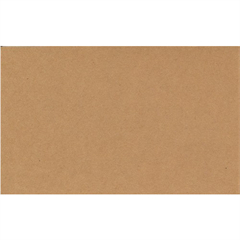
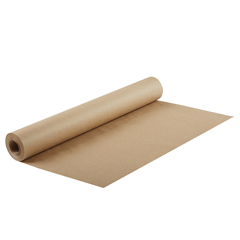
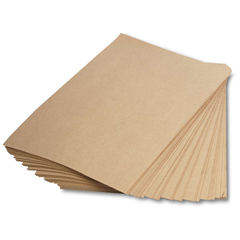
Generally speaking, “kraft pulp” and “kraft pulp” are synonymous, but many countries in the world regard these two terms as different according to the pulp manufacturing process. In these countries/regions, paper is also sold under different names to mark the subtle differences in production and final products.

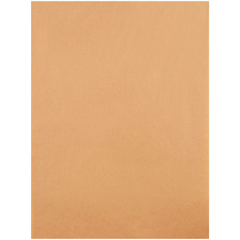
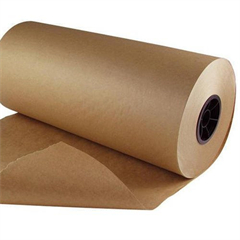
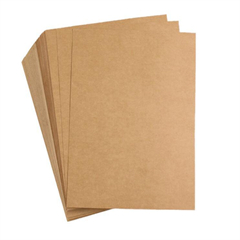
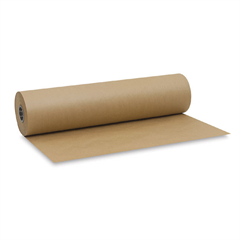




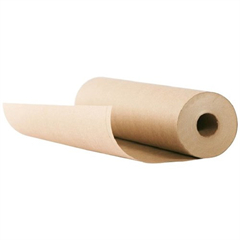
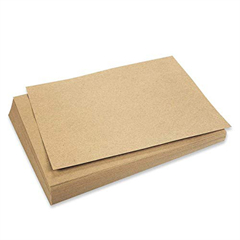

![]()
